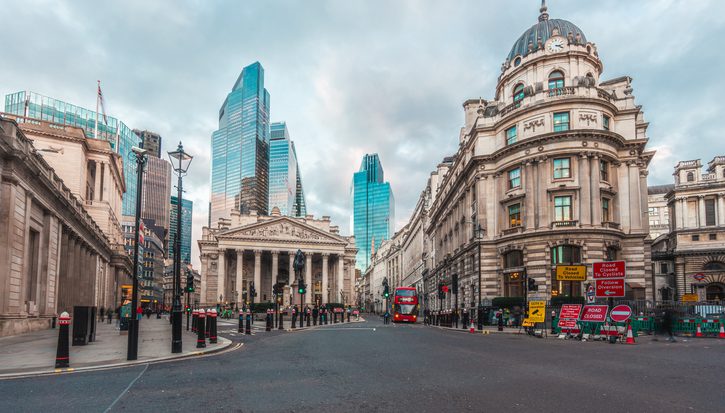Investing for the future: Why we need a British Investment Bank
Article
This report presents a detailed blueprint for what a British Investment Bank should look like in order to be fully effective in filling a gap in the UK banking system.
The idea of such a Bank has been around for a number of years, but only in the last five has it achieved any prominence in public debate. In September the business secretary, Vince Cable, announced tentative plans for a British Investment Bank.
IPPR's report examines the models provided for national investment banks by international case studies and sets out the main lessons that emerge.
It says that a British Investment Bank should have the following features:
- Operation: The Bank should be 100 per cent state-owned but there must be a clear dividing line between the role of government and the activities of bankers in making lending decisions
- Scope: A fully fledged British Investment Bank should be able to invest in infrastructure projects and to provide long-term financing for small and medium-sized businesses across the whole economy
- Size: The government should inject an initial £40 billion of capital over four years into the Bank, and the Bank should be allowed to raise funds on capital markets up to a leverage ratio of 2.5:1 (that is, up to an initial £100 billion).
Related items

Rule of the market: How to lower UK borrowing costs
The UK is paying a premium on its borrowing costs that ‘economic fundamentals’, such as the sustainability of its public finances, cannot fully explain.
Restoring security: Understanding the effects of removing the two-child limit across the UK
The government’s decision to lift the two-child limit marks one of the most significant changes to the social security system in a decade.
Building a healthier, wealthier Britain: Launching the IPPR Centre for Health and Prosperity
Following the success of our Commission on Health and Prosperity, IPPR is excited to launch the Centre for Health and Prosperity.